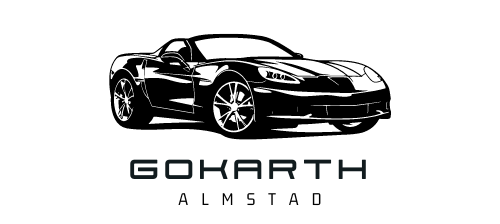Cutting-Edge Helmet Technology Revolutions Racing Safety
Racing safety has always been a top priority in motorsports, and advancements in technology have led to significant improvements in protecting drivers on the fast track. One area where cutting-edge innovation has revolutionized racing safety is in helmet technology.
Traditional racing helmets have long been designed to provide impact protection, but the latest advancements have taken safety to a new level. Advanced materials such as carbon fiber, Kevlar, and reinforced composites are now being used to construct helmets that are not only incredibly strong but also lightweight, reducing the strain on drivers during high-speed races.
Furthermore, the integration of sensors and communication systems within helmets has allowed for real-time monitoring of vital signs and instant communication between drivers and pit crews. This technology not only enhances safety by providing immediate assistance in case of emergencies but also allows for data-driven improvements in helmet design.
In addition, aerodynamic considerations have come into play, with helmet designs being optimized to minimize wind resistance and reduce strain on the neck muscles, especially in open-cockpit racing. These advancements not only improve driver comfort but also contribute to overall safety on the track.
As the demand for greater safety in motorsports continues to drive innovation, racing helmet technology stands at the forefront of protecting drivers, ensuring that they can push the limits on the track with confidence in their equipment.
Advanced Impact-Resistant Materials for Racing Gear
When it comes to racing safety innovations, the development of advanced impact-resistant materials for racing gear has revolutionized driver protection on the fast track. These cutting-edge materials, such as carbon fiber, Kevlar, and advanced composites, are engineered to provide unparalleled strength and durability while maintaining a lightweight design. This combination of properties is essential for ensuring the safety of drivers during high-speed racing events. The utilization of these materials in the production of helmets, suits, and protective gear has significantly enhanced the level of protection offered to drivers, reducing the risk of serious injury in the event of a crash or impact.
Carbon fiber, in particular, has emerged as a key player in the realm of racing safety. Its exceptional strength-to-weight ratio makes it an ideal choice for producing helmets and other protective equipment. The innovative use of carbon fiber in helmet construction has led to the development of helmets that offer superior impact protection without compromising on comfort or performance. Similarly, Kevlar, known for its remarkable toughness and resistance to punctures, is widely utilized in the production of racing suits to provide drivers with a high level of abrasion resistance and impact protection.
Furthermore, the integration of advanced impact-resistant materials in racing gear has not only enhanced driver safety but has also set new benchmarks for performance and aerodynamics. The use of these materials allows for the creation of sleek, form-fitting gear that enables drivers to maneuver with agility and precision while ensuring their protection in the face of potential accidents or collisions.
In conclusion, the development of advanced impact-resistant materials has significantly elevated the safety standards in racing, demonstrating the industry’s commitment to protecting drivers on the fast track. Through the continued exploration and utilization of these innovative materials, the future of racing safety looks promising, with the potential to further enhance driver protection and minimize the risks associated with high-speed motorsport events.
The Future of Driver Protection: Next-Generation Safety Systems
As the world of racing continues to evolve, so do the safety measures designed to protect drivers on the fast track. One of the most exciting developments in racing safety innovations is the advent of next-generation safety systems. These cutting-edge technologies represent the future of driver protection, incorporating advanced features and capabilities to mitigate the risks associated with high-speed racing.
Next-generation safety systems are poised to revolutionize the way drivers are safeguarded in the competitive racing environment. These systems leverage state-of-the-art materials and technologies to enhance impact resistance, provide better structural support, and offer improved overall protection. Advanced helmet designs with integrated communication systems, impact-absorbing materials, and real-time health monitoring are among the forefront of these innovations.
Furthermore, next-generation safety systems are integrating predictive analytics and artificial intelligence to anticipate and prevent accidents before they occur. Through the use of in-car sensors, data analytics, and machine learning algorithms, these systems can detect potential hazards and alert drivers in real time, allowing them to take evasive action and avoid dangerous situations.
With the continued advancement of next-generation safety systems, the future of driver protection in racing looks promising. These innovations not only have the potential to save lives but also to inspire new standards for safety across the entire automotive industry. As technology continues to progress, racing safety will undoubtedly reach unprecedented levels, ensuring that drivers can pursue their passion for speed with confidence and peace of mind.

